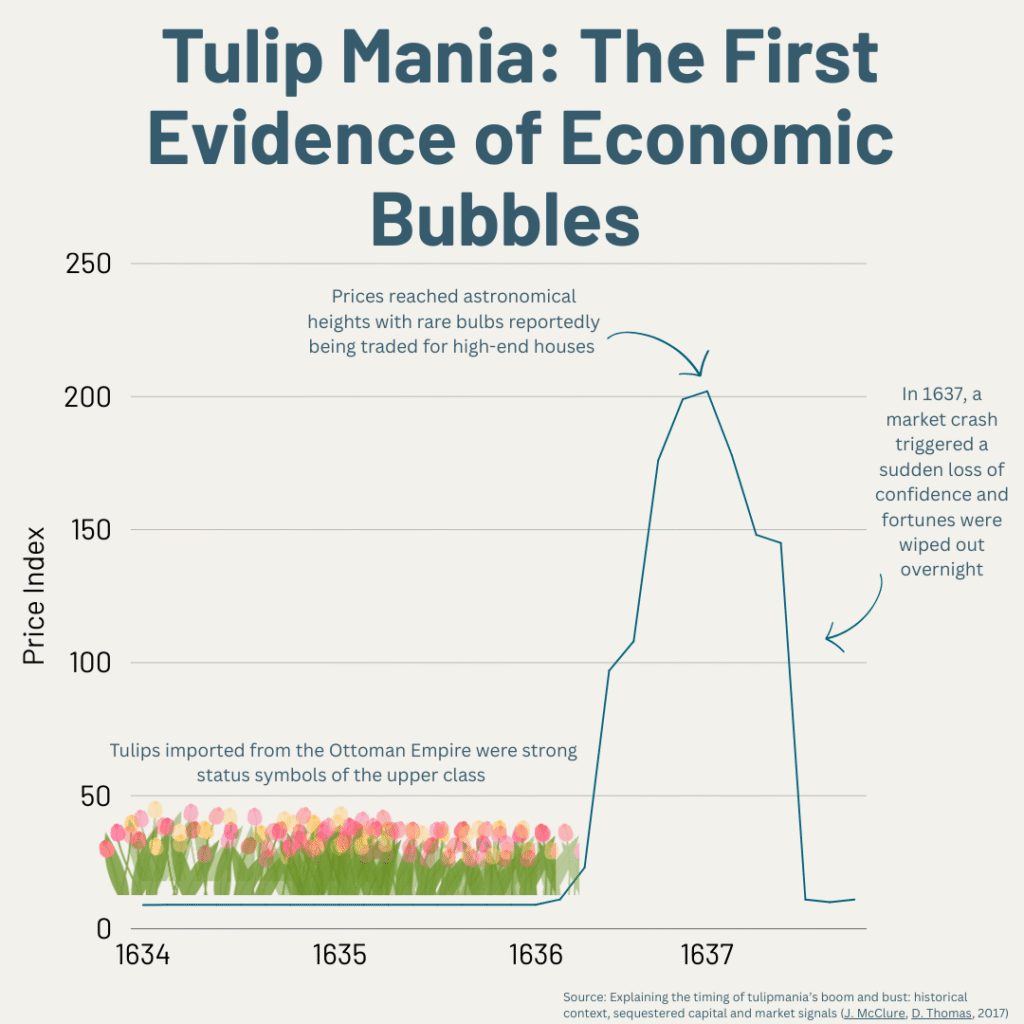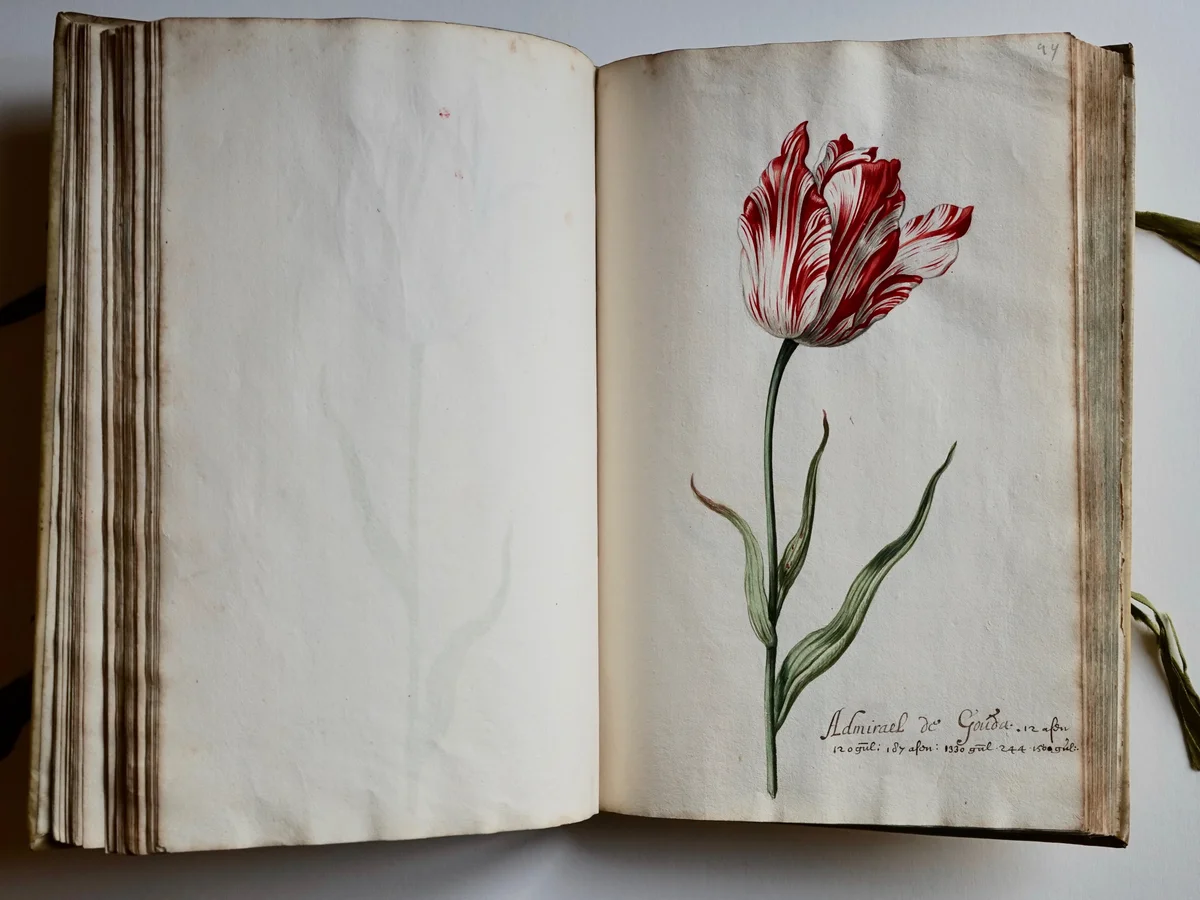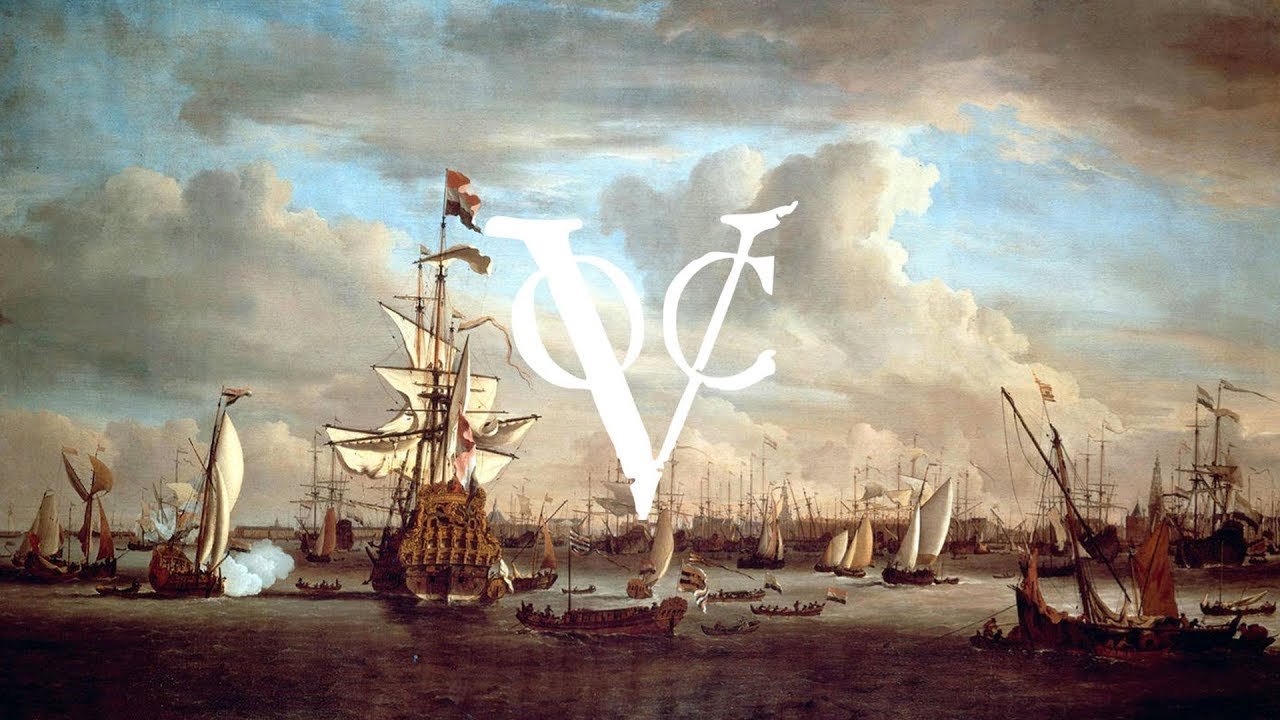Amsterdam’s canals, cozy cafés, and colorful tulip fields are world-famous. But beneath the city’s charming surface lies one of the most intriguing stories in economic history — Tulip Mania, the spectacular rise and fall of the world’s first recorded speculative bubble.
What Was Tulip Mania?
In the early 17th century, tulips were introduced to the Dutch Republic from the Ottoman Empire and quickly became a symbol of wealth and prestige. Their vibrant colors and unique patterns, especially on rare “broken” tulips affected by a mosaic virus, captured the imagination of Dutch society.
By the 1630s, tulip bulbs were no longer just beautiful flowers — they became highly sought-after commodities traded at increasingly inflated prices. At the height of the mania, some tulip bulbs sold for the equivalent price of a luxury home in Amsterdam!

How Did Tulip Mania Develop?
Tulip Mania grew rapidly due to several factors:
- Speculation and Demand: Tulip bulbs were traded in markets and informal exchanges, with buyers betting prices would continue to rise.
- Futures Contracts: Traders began buying contracts for bulbs that hadn’t even been harvested yet, hoping to sell them at higher prices.
- Widespread Participation: From wealthy merchants to ordinary citizens, people of all classes got involved, fueling demand and driving prices sky-high.
The Crash: When the Bubble Burst
In February 1637, the tulip market suddenly collapsed. Buyers vanished, prices dropped dramatically, and many investors were left with bulbs worth only a fraction of their peak value. The crash caused financial losses but did not lead to a full economic collapse — though the event left a lasting impression.
Why Tulip Mania Still Matters
Tulip Mania is more than a quirky historical anecdote — it’s a cautionary tale about human behavior, speculative markets, and economic bubbles. Economists and historians still study it as an early example of market psychology, comparing it to modern phenomena like the dot-com bubble and the 2008 housing crisis.
For Amsterdam, Tulip Mania reflects the city’s golden age of trade, innovation, and cultural growth. Today, tulips remain a beloved symbol of the Netherlands, celebrated each spring during festivals and in fields across the country.

Explore Tulip History in Amsterdam
If you want to walk in the footsteps of those caught up in the tulip craze, explore Amsterdam’s historic city center where many 17th-century buildings still stand. Don’t miss the Tulip Museum, where you can learn more about the history and significance of tulips in Dutch culture.
Book a Guided Tour with Amsterdam Guides Collective
Want to uncover more fascinating stories like Tulip Mania? Book a personalized walking Tour with our expert local guides. Discover hidden historical gems, learn about Amsterdam’s vibrant past, and experience the city like a true local.





